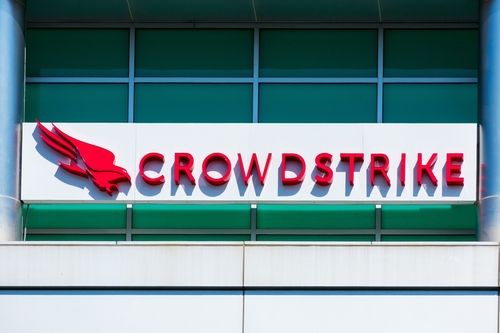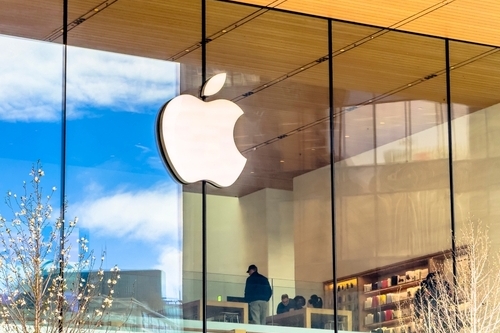LIVE MARKETS-The cost of easy retail returns

Welcome to the home for real-time coverage of markets brought to you by Reuters reporters. You can share your thoughts with us at markets.research@thomsonreuters.com
THE COST OF EASY RETAIL RETURNS
While consumers say that the flexibility of product return policies is a factor in where they decide to shop, the latest research from Bank of America Institute notes that returns are costly for retailers especially at a time when they are facing higher costs due to tariffs as well as uncertainty around economic policy.
Citing a 2024 survey from the National Retail Federation, Liz Everett Krisberg, head of Bofa Institute, and senior economist David Tinsley say large retailer respondents estimated that 17% of their sales would be returned in 2024, which was double the returns in 2019. Based on this, the NRF estimated an $890 billion cost to U.S. retailers.
Bank of America card data tracks closely with the NRF survey since 2021 according to the Institute's research, which cites a 16-17% return rate at department stores, which tend to be bigger retailers. And so far in 2025, Bofa Institute sees "no signs of a rise in the return rate" but note that it remains above 2019 levels.
Of course, looking at all US retailers (including but not limited to department stores) the return rate appears to be a much lower 4.5%, potentially because of less generous return policies at smaller retailers with some not taking returns at all and others offering store credit rather than refunds.
According to the BofA Institute, lower income households had the smallest percentage of retail refunds applied to their card household accounts while higher income groups had the greatest. They said that the difference is most stark in department stores where higher income groups return over 20% of their spend vs 11% for lower income shoppers.
While flexible returns are costly to retailers, they appear to be a requirement for many customers with 75% of consumers telling the NRF and Happy Returns, a UPS company, that free returns are an important consideration when shopping online. And 67% of respondents said that if they have a poor returns experience they are less likely to shop with that retailer again while 46% said they abandoned a purchase because the merchant did not offer convenient returns.
(Sinéad Carew)
*****
EARLIER ON LIVE MARKETS:
SMALL CAPS HAVE A SPRING IN THEIR STEP, WALL STREET TAKES NOTICE CLICK HERE
US STOCKS TAKE A BREATHER AFTER POWELL-INDUCED RALLY CLICK HERE
S&P 500 INDEX: WILL LAST WEEK'S BUY THE DIP STILL HAVE ZIP? CLICK HERE
THE HEALING NATURE OF FISCAL STIMULUS CLICK HERE
WEAK USD SELLING SIGNAL INTO MONTH-END - BARCLAYS CLICK HERE
STOXX DIPS, RENEWABLES DRAG CLICK HERE
EUROPE BEFORE THE BELL: GIVING BACK GAINS CLICK HERE
THE 'WHY' MATTERS FOR RALLIES, AND RATE CUTS CLICK HERE





